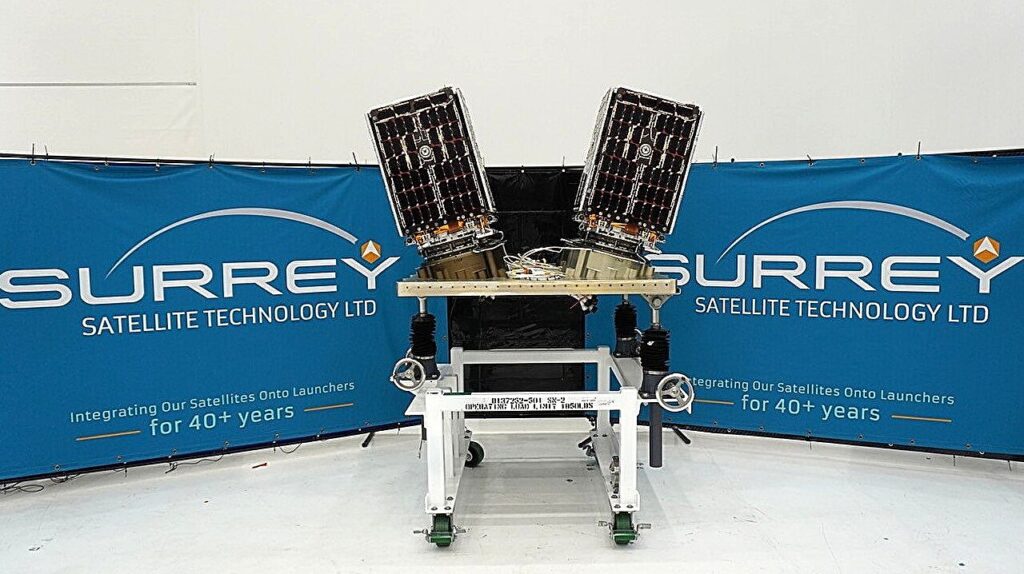The European Space Agency (ESA) is preparing to launch its HydroGNSS Scout twin satellites aboard a SpaceX Falcon 9 ride-share mission, marking a significant advance in climate and water monitoring technology.
Mission Objectives
The HydroGNSS mission will leverage global navigation signals to monitor hydrological and climate-related variables, including soil moisture, snow depth, and flood events. Using GNSS reflectometry instruments, the satellites can detect changes in Earth’s surface water patterns with high precision.
ESA scientists anticipate the mission will support:
- Monitoring river flow and assessing flood risks
- Tracking soil moisture for agriculture and drought management
- Studying glacial and snowpack changes
- Enhancing climate prediction models
“The HydroGNSS mission represents a breakthrough in passive satellite remote sensing,” said ESA project lead Dr. Katrin Müller. “By harnessing navigation signals, we can observe water-related phenomena globally and continuously, without the need for active radar instruments.”
Launch Details
The twin satellites will launch aboard a SpaceX Falcon 9 rocket, taking advantage of a cost-effective ride-share opportunity with other small satellites. ESA has confirmed that pre-launch testing and integration with the Falcon 9 platform have been successfully completed.
Once in low Earth orbit, the HydroGNSS satellites will provide continuous data, freely available to researchers and agencies worldwide. ESA expects the mission to play a key role in climate research, water resource management, and disaster preparedness.
A Step Forward in Earth Observation
The HydroGNSS mission is part of ESA’s broader commitment to sustainable Earth observation. By enabling near-real-time monitoring of water and environmental variables, the satellites will complement ESA’s Sentinel series and support global climate initiatives.
With launch day approaching, ESA officials are optimistic that HydroGNSS will transform our understanding of Earth’s water systems and provide actionable insights for governments, scientists, and environmental agencies worldwide.

